With experts across the WILDLABS community working with every type of technology and in every imaginable environment, our platform is a great place to find advice and resources on choosing what tools are right for your conservation project. Whether you're in the market to try a new camera trap model, want to experiment with drones for the first time, or need help weighing the pros and cons of data management tools, there's someone in the WILDLABS community who can help you make a smart and informed choice!
The Community Base is our general gathering group. It's the place where we cover more general, big picture topics in conservation technology - ones that don't fit neatly into our other groups. If you don't know where to post something, just post it in this group. Our moderators will move it if needed!
At our Community Base, you'll find updates from the WILDLABS team on upcoming events and opportunities, and have the chance to shape our programs and platform with your opinions. And most importantly, the Community Base is also home to our Welcome to WILDLABS thread, the best place to introduce yourself to us and the community. Stop by and tell us what you're working on!
Whether you're new to WILDLABS and want to know where to begin, or you're a longtime member looking for a handy bank of resources, our Getting Started on WILDLABS thread will be your one-stop guide to getting the most out of our platform.
Want to find out more about WILDLABS? Check out our recent community call:
Header image: Ana Verahrami/Elephant Listening Project
Group curators
- @TaliaSpeaker
- | She/her
WILDLABS & World Wide Fund for Nature/ World Wildlife Fund (WWF)
I'm the WILDLABS Research Specialist at WWF-US

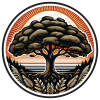

- 23 Resources
- 62 Discussions
- 25 Groups
- @alexrood
- | she/her
WILDLABS & World Wide Fund for Nature/ World Wildlife Fund (WWF)
I'm the WILDLABS Communications and Community Management Associate Specialist at WWF-US

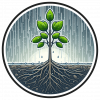
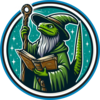
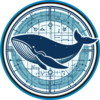

- 114 Resources
- 78 Discussions
- 7 Groups
- @cwcline
- | him/his
Panthera
Conservation technologist and hardware developer with Panthera
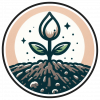

- 0 Resources
- 1 Discussions
- 2 Groups
- @raquelgo
- | (she/her/hers)
- 0 Resources
- 0 Discussions
- 17 Groups
- @ThinkNature
- | TN
We, at Think Nature, are a university-launched startup that aims to transform into a nature economy where humans and nature coexist.


- 0 Resources
- 2 Discussions
- 2 Groups
- @evan21
- | She/Her
University of St Andrews
Final Year Biology & Geography Undergraduate at the University of St Andrews
- 0 Resources
- 1 Discussions
- 7 Groups
Software Engineer


- 0 Resources
- 5 Discussions
- 10 Groups
American Museum of Natural History
- 1 Resources
- 8 Discussions
- 10 Groups
- @Tracks_Ecology
- | he/him
Ecological Consultant focussing on the use of UAV and GIS to advance applied ecological reasearch
- 0 Resources
- 1 Discussions
- 5 Groups
Fauna & Flora
Countering poaching and IWT
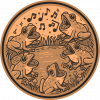
- 0 Resources
- 6 Discussions
- 2 Groups
- @bradnahill
- | he / him
SEE Turtles
Brad has worked in sea turtle conservation & ecotourism for 20+ years. He is the lead writer of Sea Turtle Research and Conservation and co-author of the Worldwide Travel Guide to Sea Turtles. He has won the President's Award from the International Sea Turtle Society.
- 1 Resources
- 4 Discussions
- 6 Groups
- @ZoeDagan
- | She/her
I'm Zoe, an ecologist at the intersection of SaaS, conservation, and community science. I build programs and advance projects that accelerate solutions to our most urgent climate and conservation challenges.

- 0 Resources
- 4 Discussions
- 10 Groups
- @crazybirdguy
- | Him
Field Biologist at Yayasan Cikananga Konservasi Terpadu, Indonesia, with experience and interest mainly in ornithology, citizen science and bioaccoustic
- 0 Resources
- 9 Discussions
- 12 Groups
FruitPunch AI
CTO and Founder of FruitPunch AI

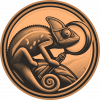

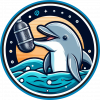
- 0 Resources
- 4 Discussions
- 11 Groups
How can you connect with the #tech4wildlife community outside of social media? WILDLABS has everything you need!
1 December 2022
The two organizations will receive a no-strings-attached grant of $15,000 to help accelerate their plans to leverage technology in order to safeguard wildlife and their habitats across the globe.
9 November 2022
A new issue of our community digest just went out! Check it out to discover a big platform update, and a summary of all the latest content from across WILDLABS in one easy to scan place!
4 November 2022
This SPACES paper aims to inspire the audience to use spatial intelligence as an enabler for integrated nature and climate action. It showcases ’emerging’ data sources and digital technology in the nature and climate...
28 October 2022
Within the open-access Learning Hub, you can find interactive e-learning courses and recordings of online training webinars; all are original and completely free to access. Includes Good Fund Management, Conflict...
25 October 2022
Apply now for $2,500–$15,000 USD grants for early-stage ideas or projects that address global challenges.
4 October 2022
Funding
The Activate Fellows supported by NSF will be scientists & engineers from a variety of backgrounds & regions across the U.S. who will translate research breakthroughs to new products & services with broad...
26 September 2022
Our latest WILDLABS Community digest has just hit inboxes! Don't have time to keep up with everything that's happening in the conservation tech world? This email is for you!
23 September 2022
Last year, WILDLABS published the first global, community-sourced assessment of the State of Conservation Technology, which evolved from our annual community survey. Take the 2022 survey to help us build from this...
14 September 2022
Community Announcement
Our annual #Tech4Wildlife Photo Challenge is a weeklong celebration of our community and all the exciting and innovative ways you’re using conservation tech in your work. This week, take a photo, share it on Twitter...
6 September 2022
Get to know Alyssa Bohart, our first WILDBEAR Award recipient, who works with GPS-collared bears in Canada.
22 July 2022
#AGU22, where Science Leads the Future, will take place in Chicago and online everywhere on 12th-16th December. Submit your abstract by 3rd August, for the Global Environmental change session on: Applications of Earth...
18 July 2022
June 2025
event
October 2025
event
event
April 2023
event
March 2023
event
event
| Description | Activity | Replies | Groups | Updated |
|---|---|---|---|---|
| Once again this year, we observed a well-balanced distribution of project types, with technology adoption and application being the most common. This aligns closely with the... |
|
Community Base | 2 months ago | |
| Better later than never, opening a thread to share with you some statistics about the applications received for The Boring Fund 2024 as we... |
|
Community Base | 2 months ago | |
| Yep see you on friday |
+3
|
Geospatial, Acoustics, AI for Conservation, Camera Traps, Citizen Science, Community Base, Data management and processing tools, Emerging Tech, Open Source Solutions, Protected Area Management Tools | 2 months ago | |
| Good afternoon Stephanie!It is sad to see you go, but very exciting to hear that you will be on adventures new very soon! I wish you all the best in your future endeavours and... |
+6
|
Community Base | 2 months ago | |
| Good morning JocelynThank you very much for your comment, this is proving to be very useful advice and thank you so much for setting me on the right path!! This is very exciting!!... |
|
Animal Movement, Citizen Science, Human-Wildlife Conflict, Marine Conservation, Drones, Community Base, Geospatial | 2 months ago | |
| Hi, Thank you for your message I think there's some kind of application for this app not by itself by complementing technologies like NABIT, mentioned in an earlier comment.... |
|
Emerging Tech, Community Base | 2 months 1 week ago | |
| I love the emails that lead me here. |
|
Community Base | 2 months 1 week ago | |
| Hi everyone, I’m excited to become a member of Wild Lab! I’m currently working on my master’s thesis, focusing on dormouse conservation. My research explores the behavioral... |
|
AI for Conservation, Animal Movement, Camera Traps, Citizen Science, Community Base, Data management and processing tools, Early Career, Geospatial | 2 months 2 weeks ago | |
| It's great to see so much interest in presenting at this webinar. We have also received interest through direct messages and meetings that we've happened to have had. Thank you... |
|
Open Source Solutions, Community Base, Funding and Finance | 2 months 3 weeks ago | |
| Linkedin mainly. iNaturalist and eBird ofc but these are more communities than real social networks. But, and this is a real advice, a good RSS feed reader with all your... |
+5
|
AI for Conservation, Community Base | 2 months 3 weeks ago | |
| Hi Savi, Apologies for the delayed response. I have finished my Marters in AI and ML. Happy to share. Soumya |
+13
|
Community Base, Early Career | 3 months ago | |
| Hi @eugenegalaxy , Filip at #Octophin Digital here. The whole Platform is built ontop of the Drupal framework (with many custom features) but most of the frontend like the menu is... |
|
Community Base | 3 months 1 week ago |
Rare friendship between a tiger and a goat!
4 December 2015 5:29pm
wildtech.mongabay.com is a great resource
2 December 2015 10:40pm
Frequently Asked Questions
30 October 2015 5:43pm

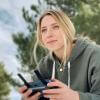










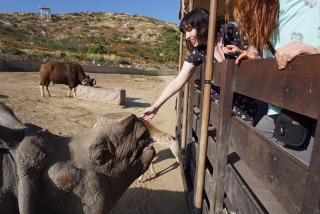


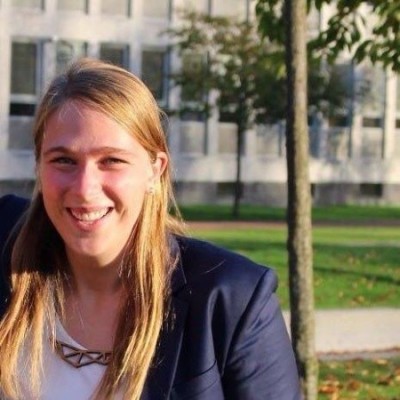
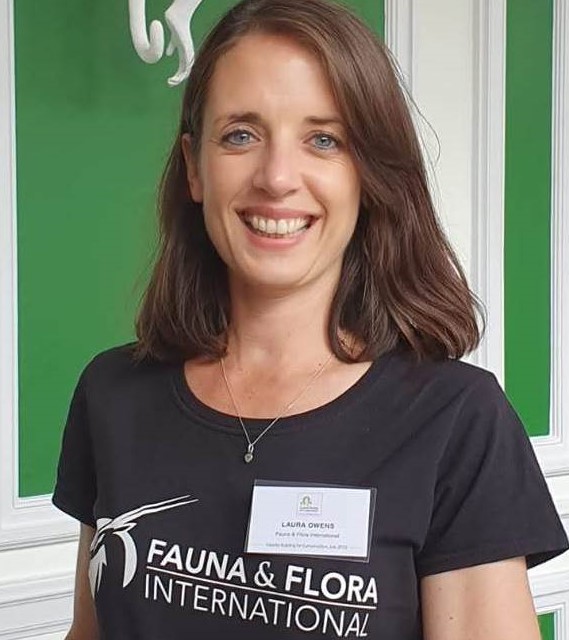
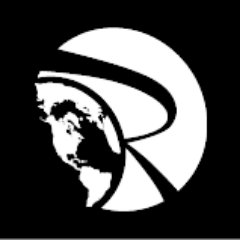
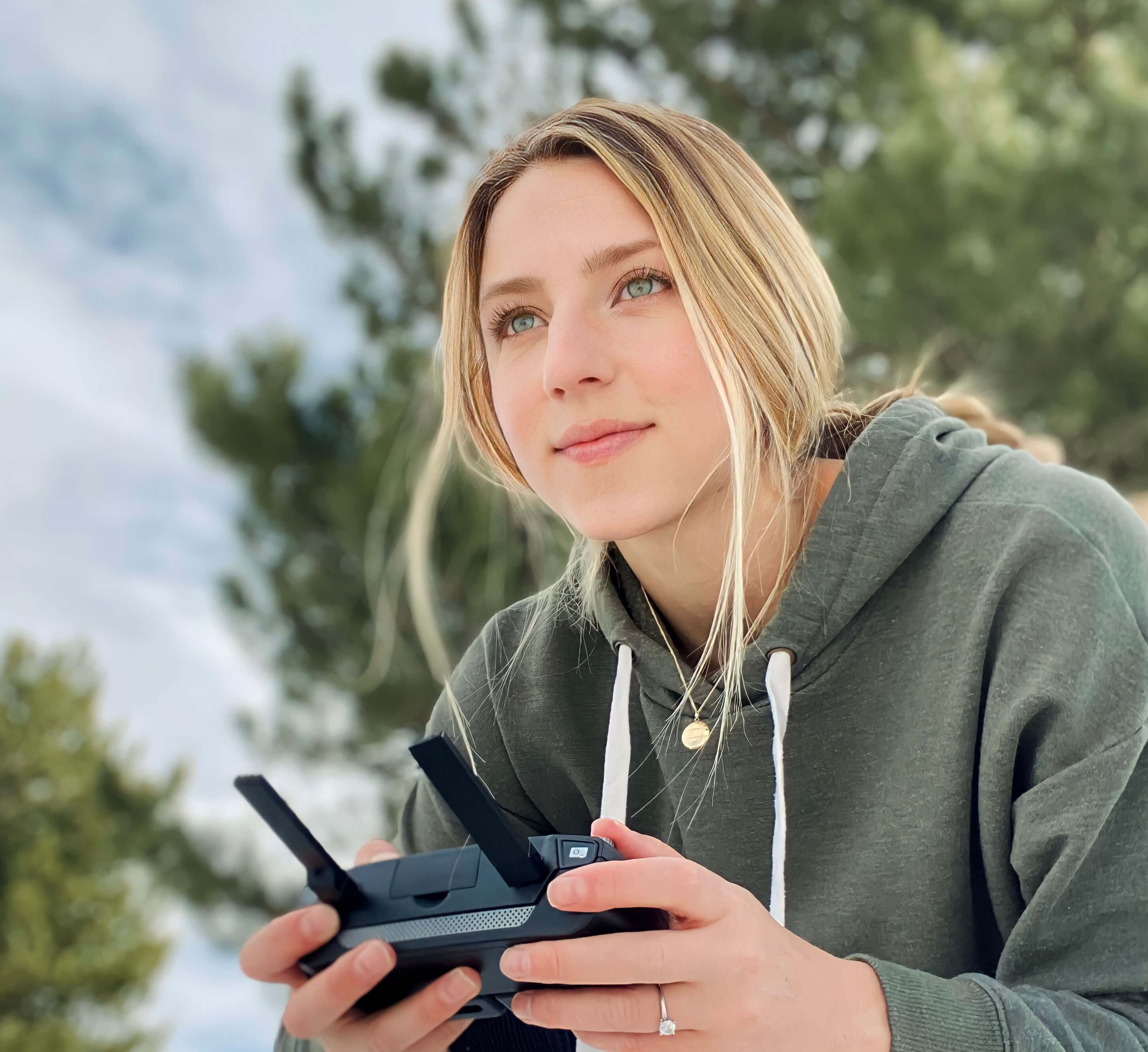
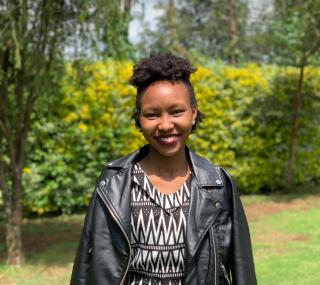


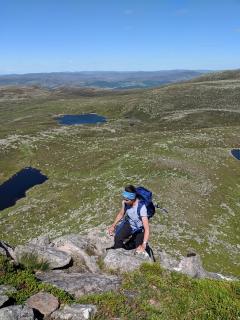











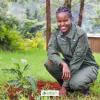








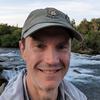


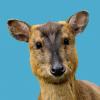






3 December 2015 2:19pm
Thanks for the link - yes, I agree Mongabay's WildTech areas is a great resource for anyone interested in keeping up to date with the latest conservation tech news. Sue Palminteri's article is facinating and is definitely worth a read. The video showing the daily movement of elephants is particularly interesting (see the screenshot below) - it was a case study Katherine Chou of Google.org spoke about in her Fuller Symposium address as well. That they're getting close to real time monitoring is very exciting - it would have been amazing to have that capacity in other projects I've been involved with.
The key take-aways you highlight match a lot of what came up in the Fuller Symposium and other discussions about HWC. The consensus from Wired in the Wild - Can technology save the planet? was that no, it cannot. It is simply a very useful tool that, when used appropriately, could have significant impacts in the challenges conservation is attempting to tackle. Numerous speakers drove home the point that technology is not and should not be the starting point; we need to be technology agnostic. We must start by understanding the challenge and then looking at what (if any) technology might help to address it given the circumstances.
The Elephants and Bees approach is a great example of why we need to start with challenge rather than the technology. Sometimes the best solution is the low tech approach. Nilanga Jayasinghe highlighed this in her thought piece about HWC - giving a similar example of work WWF is doing in Nepal:
'During a recent visit to Nepal, I visited rural villages where wild elephants often raid rice fields during harvest season. The communities had installed electric fences but this tool didn't always succeed on its own. Elephants are smart and persistent: they had learned to break the fence’s electric current, and then the fence itself, by using trees to push over the supporting stakes. To solve this problem, we worked with farmers to dig fish ponds in front of the fences as an additional obstacle. Adding an additional barrier not only made it harder for the elephants to get into the fields, it also gave the communities more time to respond and drive elephants away. This simple solution has not only reduced elephant raids, but has also improved local livelihoods from the sale of the fish grown in the ponds.'